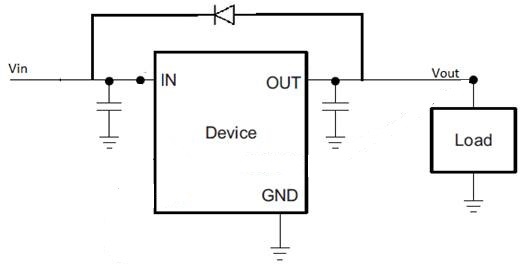Other Parts Discussed in Thread: TPS7A83A
Hi,
I want to use TPS7A8300 in my design. My application is Battery powered, so there will be the minimum voltage of even 2V(or Less) at Vin pin of the LDO.
Since this LDO does not have Reverse current protection, will there be any issue if I do not provide Reverse current protection externally???
One more doubt is will there be any chance of going VOUT higher than VIN in the above application?? This LDO doesn't Boost at any case right??
Thanks in advance.


